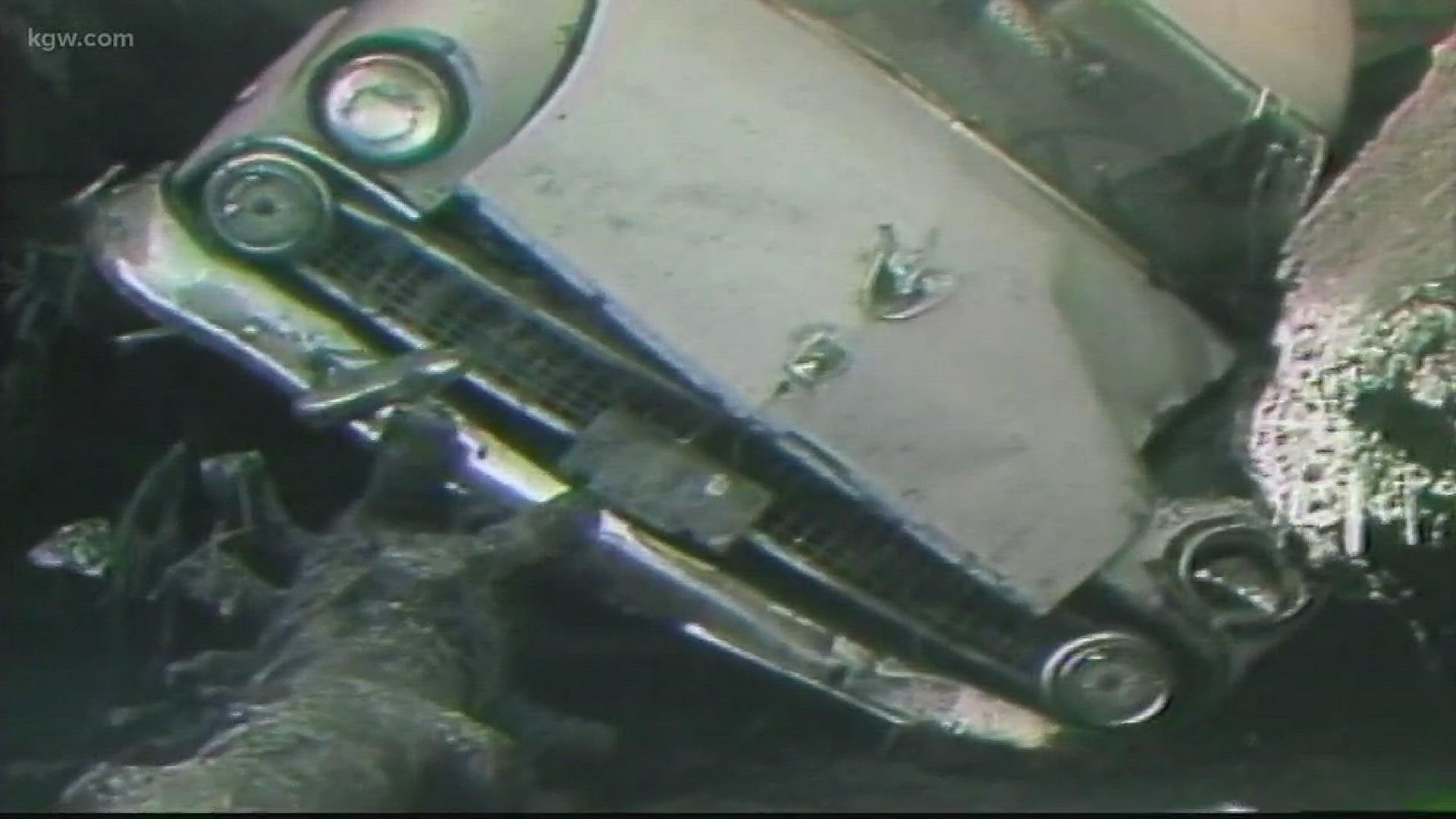PORTLAND, Ore. -- The earthquake that struck off Alaska's coast was a magnitude 7.9. So why didn't it generate a tsunami or do much damage?
Experts say it comes down to where this quake happened.
They say had this quake happened along a subduction zone fault, there likely would have been a tsunami.
The Great Alaska Earthquake of 1964 originated from a subduction zone and generated a deadly tsunami that reached Oregon's coast.
"Streets just sunk 50 feet in downtown Anchorage," recalled Portland State Geologist Scott Burns.
Burns has been studying subduction zone faults for decades. He has reason to. There is one on Oregon and Washington's coast as well. It's called the Cascadia Subduction Zone. It's capable of generating a magnitude 8 or stronger earthquake.
The good news, in the event of this kind of earthquake, we could get as much as five minutes warning.
An earthquake warning system called "Shake Alert" could be up and running by this fall.
"Five minutes is huge," said Burns. "Your cellphones will just start going berserk and basically say 'quake on the way you've got five minutes to get out of the building' or if you're in an elevator get out of the elevator or if driving get off the bridges."
Experts now say there's a roughly 30 percent chance a magnitude 8 or higher earthquake will happen in our area in the next 50 years.

